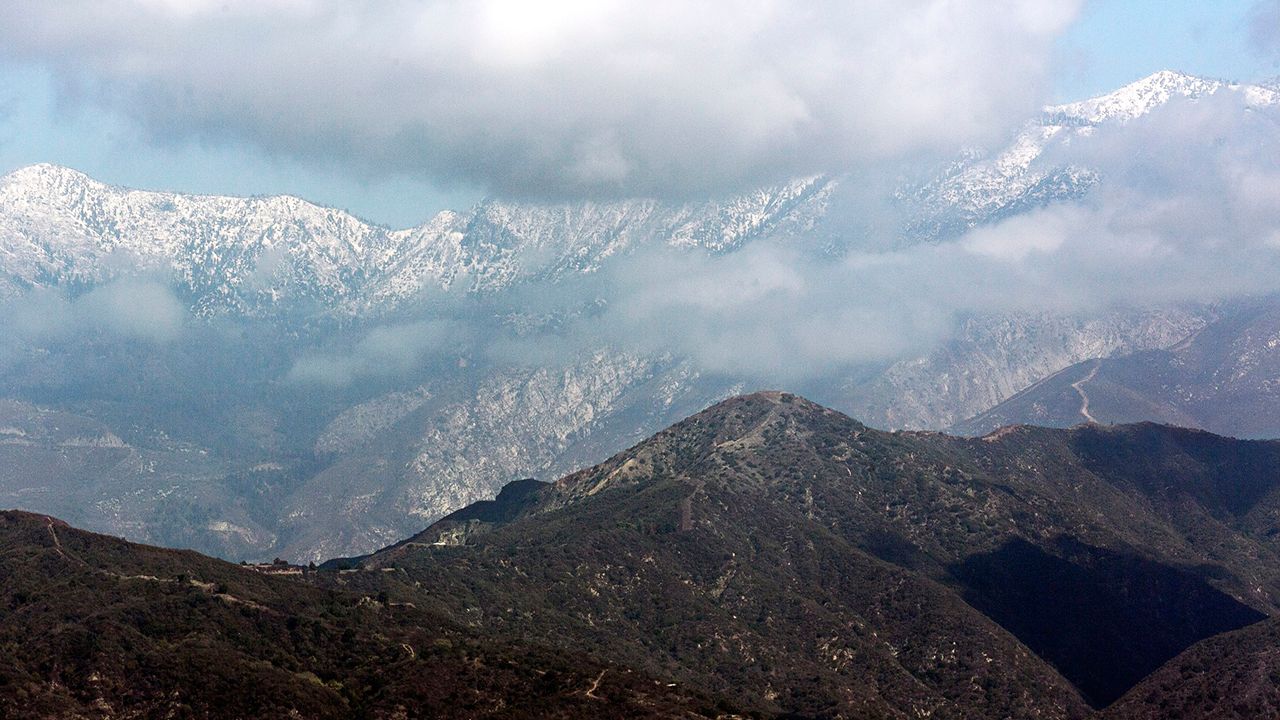MADISON, Wis. — The 2020 Atlantic Hurricane is the most active on record. With 30 named storms so far, it has surpassed the previous record of 28 in 2005.
James Kossin, a Wisconsin-based researcher with the National Oceanic and Atmospheric Association (NOAA), recently published a study showing hurricanes are more likely to be stronger now.
The study analyzed data from the last 40 years and found the chances of a hurricane becoming a 'Major' hurricane — or one that reaches a category three or higher — is 25 percent higher now from a global standpoint.
“That's a very serious thing because the major hurricanes are the ones that do all the damage and have the high mortality rates,” Kossin said.
Kossin works with the NOAA's National Centers for Environmental Information and is based at the University of Wisconsin-Madison Cooperative Institute for Meteorological Satellite Studies.
He said his research has shown that storms appear to be slowing down as well.
“This is extremely serious because the slow-moving storms have the potential to do so much more damage,” Kossin said.
Slower storms and hurricanes leave structures exposed to strong winds and rain for a longer period of time. It also increases rainfall flooding. He said this year we've seen this happen with Hurricane Ada in Nicaragua and Sally on the Gulf Coast. A classic example of this Kossin said is Hurricane Harvey in Houston in 2017.
His research has also shown that storms tend to be migrating poleward as well – so north in the northern hemisphere and south in the southern. Which can be problematic as they move to more populated areas.
“For the most part all of these changes are really going in the wrong direction in terms of what we'd like to see,” Kossin said.
The cost of natural disasters
There have been 16 different billion-dollar natural disasters in the U.S. Through September of this year according to NOAA. Which is tied with 2011, and 2017 for the most ever.
The events include hurricanes, fires, and floods. Researchers say the more expensive cost of natural disasters is in part because of increasing weather intensity, but also because of human behavior.
“Our cities are getting built bigger and we're spreading out, the value of those structures, the size of those structures are increasing,” said Shane Hubbard, a research scientist with the University of Wisconsin Madison. “So we're putting more things in harm's way at the same time our disasters are changing.”
Hubbard works directly with communities around the country through federal and state grant programs to help them understand their existing risks to natural disasters. He helps them look at best and worst-case scenarios then make a plan for how to approach that.
“They're not just thinking about the here and now, but they're looking at what might be coming next,” Hubbard said.
Hubbard has worked in areas like the Georgia coast, Iowa, and Puerto Rico after Hurricane Maria devastated the island in 2017. Soon he will be working in Wisconsin helping communities become more resilient to flooding.
Hubbard said communities should be thinking about not just what's happening now, but what's likely to happen in the future. They may look to increasing standards in flood plains, choosing more resilient building materials, or changing rules on where people can live.
“Communities are doing that,” Hubbard said. “It's something that's growing nationally, having more resilient strategies for future hurricanes and floods.”
How resilient an area is can also impact how well it recovers when something like a Major Hurricane hits.
“The rebuilding process is one of the more difficult pieces to put your hands around because communities recover differently,” Hubbard said.
Some communities can rebuild in a matter of years, some take a decade, and others never fully recover. Hubbard said it often comes down to what resources are available to a community.
“So along the gulf coast, sometimes you might find a lot of areas there — because of a lot of nice homes, vacation areas — they may recover a little bit faster than what maybe I saw in San Juan,” Hubbard said.
Individuals can take it upon themselves to be resilient to natural disasters. Hubbard said people can stock houses and cars with emergency kits with things like flashlights. People can use rain barrels to catch stormwater before it flows into floodwaters. Or use building material resilient to intense winds and rain.
“These are all things that you can do that help you become resilient and as each person in the community becomes more resilient, the community as a whole becomes more resilient,” Hubbard said.
Storms on steroids
Kossin said the extremely active 2020 Atlantic Hurricane season is an outlier, but it's also an example of the growing trend in more intense storms.
He said scientifically you can't point to individual weather events being caused by climate change. There is too much variability in the climate. However, Kossin does say that the overall trends over the course of more than a century show years like this are becoming more likely.
“This year is a good example of the kind of seasons for hurricane behavior that we would expect to see more often as the planet gets warmer,” Kossin said.
He said climate change can act as a sort of a super-charger for weather events.
“We talk about weather on steroids, kind of like climate change is the steroids,” Kossin said. “So you know, you're still a good athlete, you're just better with that extra.”
Kossin said a warmer climate holds more moisture. Sort of like how a hot day in July in Wisconsin feels much more humid than a December day.
So as the atmosphere warms and holds more water, it creates more water vapor for hurricanes to turn into rainfall.
“The amount of local rainfall that comes out of these then is skyrocketing, it could be 25 to 30 percent more,” Kossin said.
Kossin said that the rapid intensification of storms is becoming more common as well.
Kossin's research is largely data-driven and identifies spat change. He said climate modeling scientists have predicted trends that match his research on data of what has happened.
“That gives more confidence to our results that what we're seeing is also captured by these physical models,” Kossin said.







